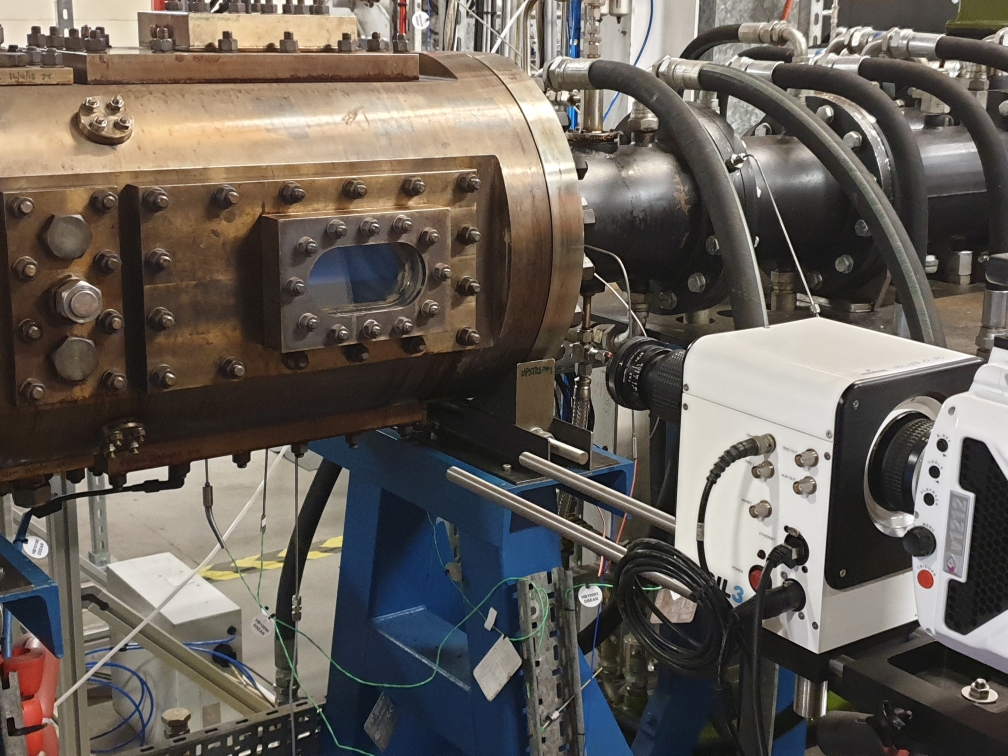Navigation menu
- Education
- Emissions & Air Quality
- Infrastructure & Services
- Meteorology & Climate
- News
- Physical Chemistry
- Projects
- The Team
On January 13-17, 2020, Julien and I attended the meeting of the SAE E-31 Committee, which took place in the historic Glamorgan Building of Cardiff University (little did I know that it would be the only face-to-face meeting the committee would have this year…). As usual, the first day of the meeting was devoted to the contributions of the bleed air subcommittee, which develops practices and standards for cabin air quality testing. The remaining days were taken by the gaseous and particulate subcommittee, where I am a member.

During the meeting, I presented two works:
The first, which I prepared together with Dr. Eliot Durand, the main author, dealt with particle size distribution properties of non-volatile PM (nvPM) emissions of various commercial turbofan engines. We also analyzed the use of particle size distribution for calculating particle losses in nvPM sampling and measurement systems. For that, we combined data sets from our team (SMARTEMIS data) and the Cardiff University team who operates the European nvPM reference system. Together, we have data for a wide range of engines, ranging from small business jet engines to the largest commercial turbofans. Once we get it published, this will be a unique piece of work (and hopefully handy for modelers!).
In my second contribution, I looked at ambient temperature effects on nvPM emissions. This topic is essential both from the regulatory perspective as well as from the scientific one. When aircraft engines are certified for emissions (gaseous and particles), the engine test points are usually set using the combustor inlet temperature corresponding to a given thrust at sea level in the international standard atmosphere. However, ambient temperature (and pressure) variability affects other thermodynamic parameters in the engine. For emissions, we mainly look at the combustor inlet pressure and the total fuel-air ratio at the combustor exit. Let’s say we run the same engine at high thrust at the same combustor inlet temperature at 25 °C and at 5 °C. At 5 °C, the pressure at the combustor inlet would be approx. 30% higher, and the fuel-air ratio would be approx. 5% higher than at 25 °C. Depending on the nvPM emission characteristic of the engine, this could lead easily to a 50% higher emission index (amount emitted per kg fuel burned). Luckily, we do have such datasets from previous test campaigns done at SR Technics, and we have tried various correction methodologies developed within ICAO CAEP. The correction for ambient conditions is also very important for estimating aircraft emissions during the flight from ground test data (only a very few emission tests have been done at cruising altitudes).
The meeting gave us a chance to network with our colleagues and also to explore Cardiff and its history. We went on a tour of the Cardiff Castle, followed by a Welsh Banquet in the Undercroft (traditional food accompanied by live music and entertainment).

The meeting concluded with a tour of the facilities of the Gas Turbine Research Centre (GTRC). GTRC operates a high-pressure combustor rig, which will be used during our tests with SMARTEMIS there in the framework of the RAPTOR project.

We are grateful to Dr. Andrew Crayford, Dr. Eliot Durand, and their co-workers at Cardiff University and GTRC for hosting this meeting!